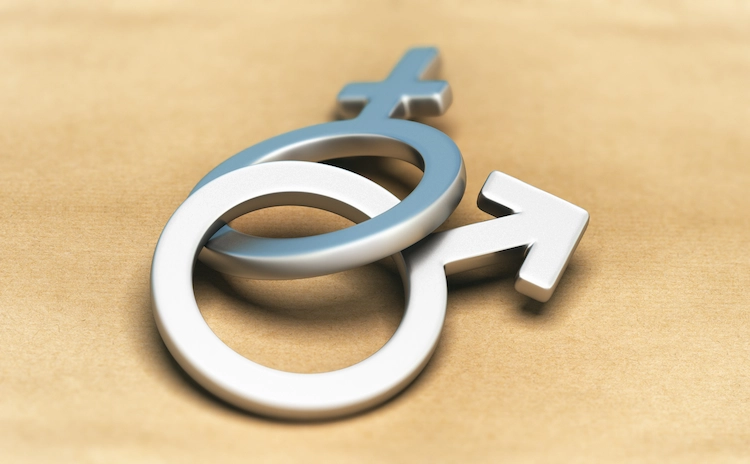U.S. Supreme Court Takes on Big Tech

The U.S. Supreme Court heard oral arguments in two big cases involving Big Tech this week. The cases, Gonzalez v. Google and Twitter v. Taamneh, are expected to further define the immunity enjoyed by Internet platforms.
Section 230 Immunity
Section 230 of the Communications and Decency Act of 1996 provides: “No provider or user of an interactive computer service shall be treated as the publisher or speaker of any information provided by another information content provider.” In practice, the statute immunizes platforms like YouTube, Google, Facebook and Twitter for publishing third-party content, such as someone who posts a video on YouTube or a statement on Facebook.
Section 230 was enacted at the dawn of the internet age and was initially intended to protect internet companies from being held strictly liable in state law defamation actions because they had permitted other parties to post defamatory materials on the companies’ websites, primarily in chatrooms or on online boards. However, as the power of the Internet has grown, so has the reach of Section 230 immunity.
Gonzalez v. Google LLC
Gonzalez v. Google LLC was brought by the family of NohemiGonzalez, an American woman killed during a November 2015 terrorist attack in Paris, France.While theIslamic State, also known as ISIS, claimed responsibility, thevictim’s familyfiled suit againstGoogle, alleging that, by operating YouTube, Google incurred liability under theAnti-Terrorism Act(ATA).
Under Section 2333 of the ATA, as amended by the Justice Against Sponsors of Terrorism Act, U.S. nationals injured by “an act of international terrorism” that is “committed, planned, or authorized by” a designated foreign terrorist organization may sue any person who “aids and abets, by knowingly providing substantial assistance, or who conspires with the person who committed such an act of international terrorism,” and recover treble damages.
The plaintiffs allege that Google allowed ISIS to post videos and other content to communicate the terrorist group’s message, to radicalize new recruits, and to generally further its mission. The plaintiffs also claim that Google placed paid advertisements in proximity to ISIS-created content and shared the resulting ad revenue with ISIS. Based on the foregoing, they maintain that defendants are directly liable for committing acts of international terrorism pursuant to § 2333(a) of the ATA, and secondarily liable for conspiring with, and aiding and abetting, ISIS’s acts of international terrorism pursuant to § 2333(d). In defense of the suit, Google asserts that the claims are barred by Section 230.
The justices have agreed to decide the following question: Whether Section 230(c)(1) of the Communications Decency Act immunizes interactive computer services when they make targeted recommendations of information provided by another information content provider, or only limits the liability of interactive computer services when they engage in traditional editorial functions (such as deciding whether to display or withdraw) with regard to such information.
The federal courts of appeal are currently split regarding whether section 230(c)(l) immunizes an interactive computer service when it makes targeted recommendations of information provided by such another party. Five courts of appeals judges have concluded that section 230(c)(l) creates such immunity, while three court of appeals judges have rejected such immunity. One appellate judge has concluded only that circuit precedent precludes liability for such recommendations.
Twitter v. Taamneh
The second high-profile case involving big tech also involves liability for a fatal ISIS attack. The key issue in Twitter v. Taamneh iswhether websites can be held liable for violence connected to their platforms.
The justices have agreed to decide two key questions: (1) Whether a defendant that provides generic, widely available services to all its numerous users and “regularly” works to detect and prevent terrorists from using those services “knowingly” provided substantial assistance under 18 U.S.C. § 2333 merely because it allegedly could have taken more “meaningful” or “aggressive” action to prevent such use; and (2) whether a defendant whose generic, widely available services were not used in connection with the specific “act of international terrorism” that injured the plaintiff may be liable for aiding and abetting under Section 2333.
Previous Articles
Supreme Court Upholds Tennessee Law Banning Transgender Care for Minors
by DONALD SCARINCI on July 10, 2025
In United States v. Skrmetti, 605 U.S. ____ (2025), the U.S. Supreme Court held that Tennessee’s ...
Supreme Court Rejects Mexico’s Suit Against U.S. Gun Manufacturers
by DONALD SCARINCI on July 8, 2025
In Smith & Wesson Brands v. Estados Unidos Mexicanos, 605 U.S. ____ (2025), the U.S. Supreme Co...
SCOTUS Sides With Employee in Reverse Discrimination Case
by DONALD SCARINCI on July 2, 2025
In Ames v. Ohio Department of Youth Services, 605 U.S. ____ (2025), the U.S. Supreme Court held tha...
The Amendments
-
Amendment1
- Establishment ClauseFree Exercise Clause
- Freedom of Speech
- Freedoms of Press
- Freedom of Assembly, and Petitition
-
Amendment2
- The Right to Bear Arms
-
Amendment4
- Unreasonable Searches and Seizures
-
Amendment5
- Due Process
- Eminent Domain
- Rights of Criminal Defendants
Preamble to the Bill of Rights
Congress of the United States begun and held at the City of New-York, on Wednesday the fourth of March, one thousand seven hundred and eighty nine.
THE Conventions of a number of the States, having at the time of their adopting the Constitution, expressed a desire, in order to prevent misconstruction or abuse of its powers, that further declaratory and restrictive clauses should be added: And as extending the ground of public confidence in the Government, will best ensure the beneficent ends of its institution.





